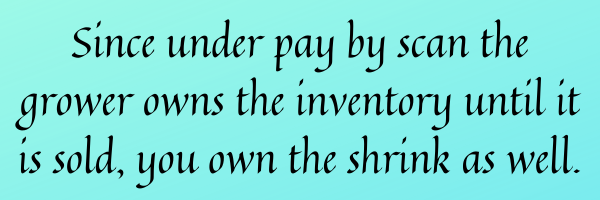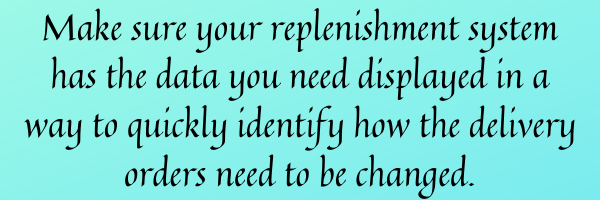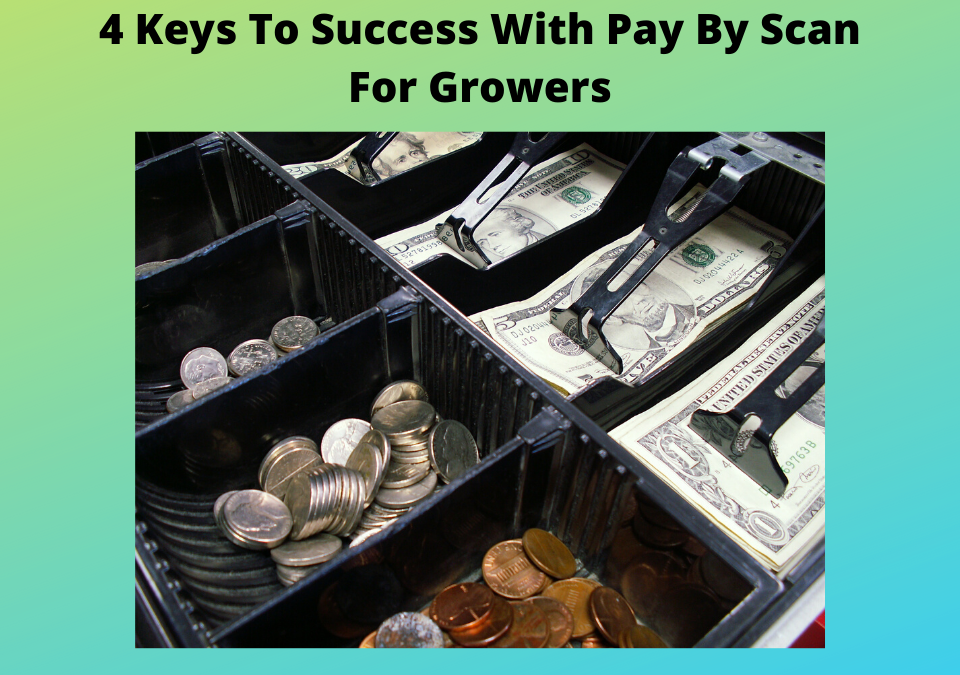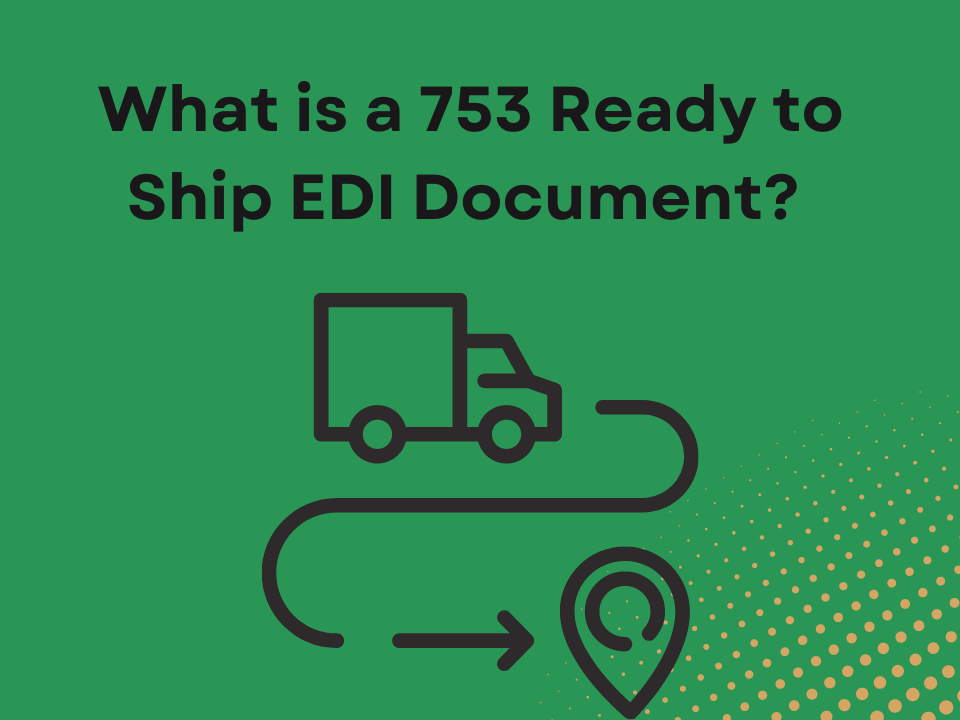
What You Need to Know Before Filing Taxes for 2019
January 1, 2020
Introducing GrowerOnline Restricted Item Groups
January 9, 2020For growers shipping live inventory, having a profitable year under pay by scan requires some extra diligence, good market knowledge and a good software system to help manage the data.
Pay-by-scan is a consignment sales model that many growers work with based on the retailers they sell to. Some of the ‘big box’ retailers use pay-by-scan as the model for garden center items.
When done correctly pay by scan can yield return for growers and give them more control over product mix and flow.

Here are four key factors that will impact your potential for success with pay by scan.
Pricing
The most important rule of pay-by-scan: you must get your pricing correct.
If you have done purchase order business for years you cannot price your items the same under pay by scan.
You need to perform pricing analysis on each item you sell in order to verify that you can cover your costs and needed margin under various sell through scenarios. This analysis includes accounting for potential shrink, return credits, weather related loss, markdown allowances, planned shared ad discounts and other loss events.

Since under pay by scan the grower owns the inventory until it is sold, you own the shrink as well. Your pricing must include allowances for this loss in order to increase the chances for profitability.
Make sure you review your pricing with up-to-date sell through numbers and work with your customers to make sure your pricing is right. make sure you consider your accurate cost of goods as well as other costs you incur to get the product to market, such as transportation.
For example, if you have a particular item that you sell for $5.00 under a purchase order arrangement and you believe that you will get 80% sell through on that item under a pay-by-scan model then you need to plan to mark up that item to account for that 20% loss which will be your inventory.
When you review make sure you consider both sell through dollars as well as sell through quantity percentages. Each tells a different story.
Make sure your software system provides end of year summaries and detailed reports so that you can do the necessary pricing analysis.
Data
Your data is your virtual ‘eyes in the store’. Current or real time (daily) data for your sales, deliveries and scrap or dump is crucial.
You need to see the current, accurate on-hand inventory, sales data, deliveries to the store and any scrap or dump activity that has occurred.
It is important to understand how you get your sales data from the retailer you are working with. Some retailers use EDI to transfer the sales data to their vendors. Others may provide a reporting site dedicated to their vendors where you can download sales data.

It is important to have the data presented on screens that give you the easiest access and the most relevant information. You will need to drill down to the individual store/SKU-level and you will need to see a more global picture across SKU’s or groups of stores. Make sure your system supports this type of alternate viewing of the data.
Replenishment
Replenishment uses all that data to get the right product into the store in the right quantities on time in order to maximize the potential for sales.
Replenishment relies on the store data (inventory and sales) as well as what you have available to ship to create projected store orders. Additionally, factors such as weather and local store events impact the product replenishment decisions heavily.
Fundamentally, replenishment is a data management and timing problem to solve.
Many growers ship hundreds of SKU’s to many stores or customers. The combination of stores and SKU’s creates thousands of potential store order detail records that a replenishment analyst needs to review or edit.
Some systems assist the replenishment analysis by calculating a predicted order quantity or ‘suggested order quantity’ based on the available data for each SKU/store combination under consideration. Sometimes this calculation is simple such as replenishing to a certain level of inventory by SKU or a certain level of “weeks of supply” – a calculation using a combination of sales velocity and inventory level. Some systems use more complex prediction methods that require many, sometimes thousands, variables to try to predict what quantity of a product goes to a store.
Regardless of the ‘suggested order quantity’, the grower still has to exercise discernment in placing product. Pending bad weather or other factors may dictate you keep more product in the greenhouse for a more opportune time to ship. Either way, effective pay by scan replenishment requires timely, good data and diligent market observations to make the best decisions.

Make sure your replenishment system has the data you need displayed in a way to quickly identify how the delivery orders need to be changed. Make sure that you can easily and quickly adjust suggested order quantities in order to increase the efficiency of the replenishment team.
Market Knowledge
Pricing, data and replenishment cannot work without adequate market knowledge.
You need to know your stores and know the seasonal rhythm of the product flow. Weather patterns and population and growth patterns also impact the product flow to the market. Stores end up with specific product flow characteristics. It’s important to know those individual store characteristics so you can plan effectively. Maybe one store has a higher Easter sales average where other stores may be more heavily trafficked before Mother’s Day.
Meet with the store directors for the garden center and the merchandising personnel. Make sure that you have good communication between your shipping, replenishment and in store personnel. Work with your customers to plan well before the busy season hits so that everyone is on the same page.

Look at your historical data for store / SKU sales to see how product flow has changed for recent years. This can help set some basic parameters for how the market behaves and help shape better planning and product flow.
Take Away
The pay-by-scan model presents unique challenges for a grower since both production risk and retail risk are born by the grower.
In spite of these additional challenges, pay-by-scan can be effectively executed with diligence, good market knowledge, and a good software system to help manage the data.

If your company uses the Vendor Managed Inventory model also known as Pay-By-Scan, our (DTS) Direct To Store product is for you. DTS is designed to solve all of the business problems from Pay By Scan. DTS is an online application that tracks your product from dock to store. Increase your profitability by putting the best product, in the right amount, at the correct time on the retailers’ store shelves. Make better decisions when you have the information you need easily accessible for the right people in your organization creating the highest sell-through of your products. DTS will assist you to reduce your labor in managing inventory and replenishment, improve sell through and reduce shrink. Our team provides exceptional customer service to help you in every step.
Learn more about the Pay by Scan model arrangement between growers and big-box retailers as well as information on software capabilities needed for this model and key factors for success. Read the Pay by Scan Playbook here.
To learn more about how DTS can help your vendor management inventory tasks or to schedule a demo contact us.





